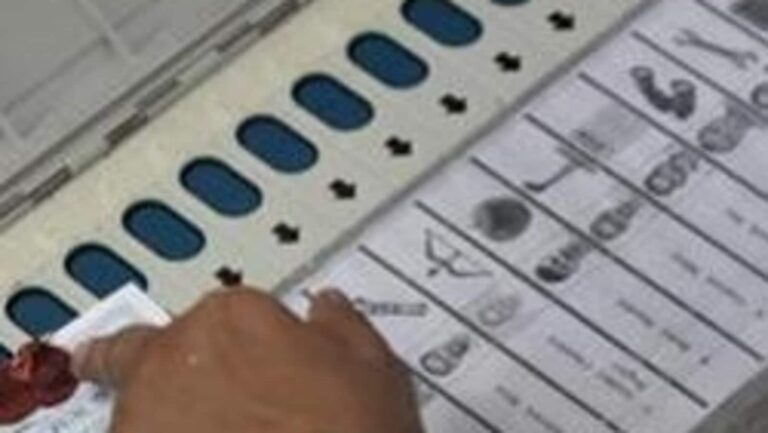The results of the Indian election came as a surprise to many in India and abroad, as all pre-poll results that predicted another landslide victory for the ruling party were inaccurate. While the Bharatiya Janata Party (BJP) won 240 seats on its own, beating the 232 seats won by a coalition of several parties known as the Indian National Development Alliance (INDIA), the results did not live up to expectations that the National Democratic Alliance (NDA), of which the BJP is the dominant party, would win over 400 seats. The NDA ultimately won a total of 303 seats, ensuring the continuation of its pre-election government. In such a context, it becomes pertinent to analyze what shaped the electoral choices of the Indian electorate.
Foreign policy issues generally do not figure heavily in voters’ choices, while livelihood, taxes, availability of infrastructure, and general issues affecting daily life are listed as top priorities. In the case of India, India’s rising international standing and nationalism influenced the choice. The rationale behind this is India’s young population, i.e., a positive demographic dividend. More than 50% of India’s population is below 25 years of age, and more than 65% is below 35 years of age. Given that the world is living in a technological age, the fact that India has over 820 million active users influenced the rise in nationalism and electoral choices.
Be it the People’s Liberation Army (PLA) attack on Indian soldiers on the border, the Prime Minister’s foreign visits or India’s successful chairmanship of the G20, information about where India is heading in the foreign policy arena has reached voters, especially the younger and upwardly mobile. This was one of the determining factors in the BJP’s landslide victory in Delhi, where it won seven out of seven seats and Delhi’s ruling party, the Ahmed Ahmed Party (AAP), failed to win any seats. This is the third consecutive Lok Sabha election in which the BJP has achieved a 100% victory margin in the national capital. Foreign policy issues are tougher and more salient in capitals of countries across the world and New Delhi is no exception.
Nationalism and the desire to make India stronger in the foreign policy sphere also shaped the choices. Looking at the BJP’s election manifesto, it is clear that it aims to continue its defense against China (although it does not name the country) and plans to continue its zero tolerance stance towards cross-border terrorism from Pakistan. On the other hand, the Indian manifesto was shaped by the choices of a number of parties, including the Communist Party of India, which could be said to have adopted a softer stance towards China.
Simply put, nationalism as a sense of nationhood, valuing one’s country above others, and prioritizing one’s culture and interests became the norm, and the BJP used the tools that technology provided to showcase the progress India had made as a nation under its leadership, whether it was in the realm of space, in climate change negotiations, or in demanding equal respect on equal terms from other countries.To be fair, India has achieved these and many other achievements under the leadership of the BJP, which its rival India did not.
So clearly, in the choice between nationalism and diversity, Indian voters voted for nationalism and greater respect for India abroad, rather than half-hearted promises to fight apparent injustice and create space for greater diversity.For India, the foreign policy choice will only rise to prominence when it comes to national-level voting in the coming years.
This article was written by Sriparna Pathak, Associate Professor of Chinese Studies and International Relations, Jindal School of International Affairs, O.P. Jindal Global University, Sonipat.

